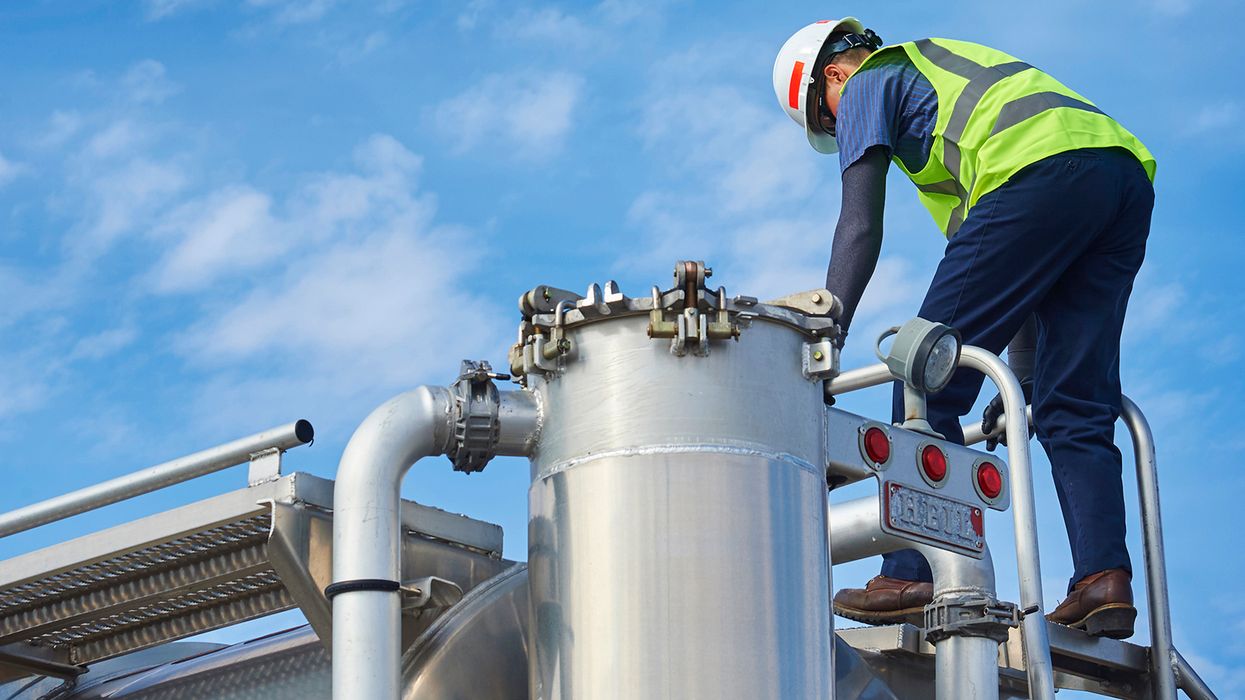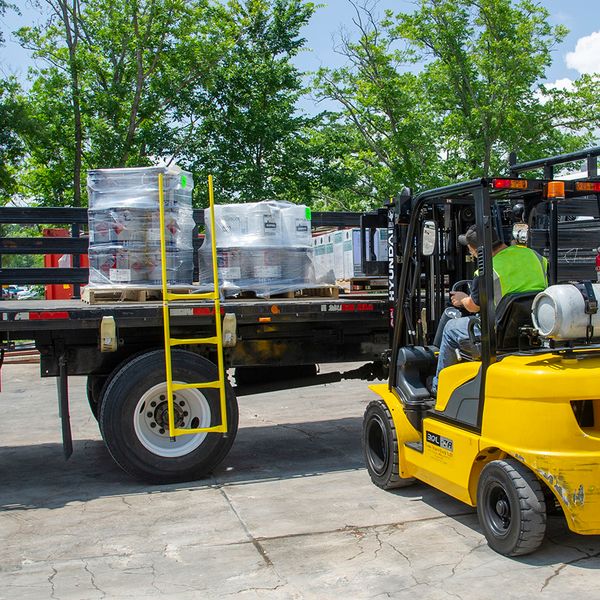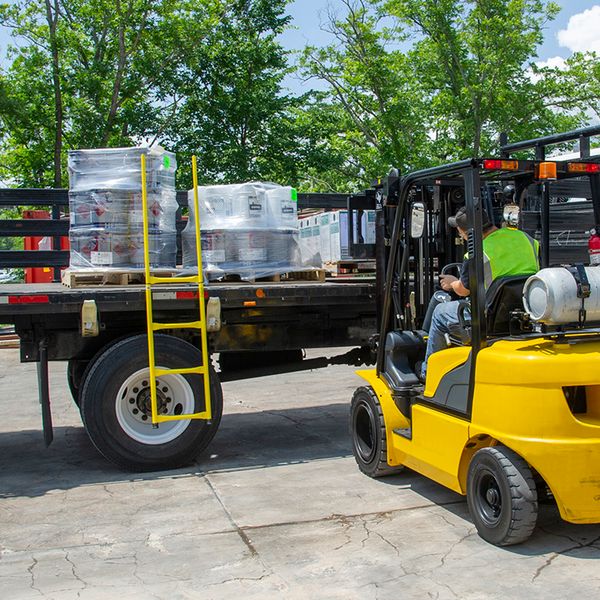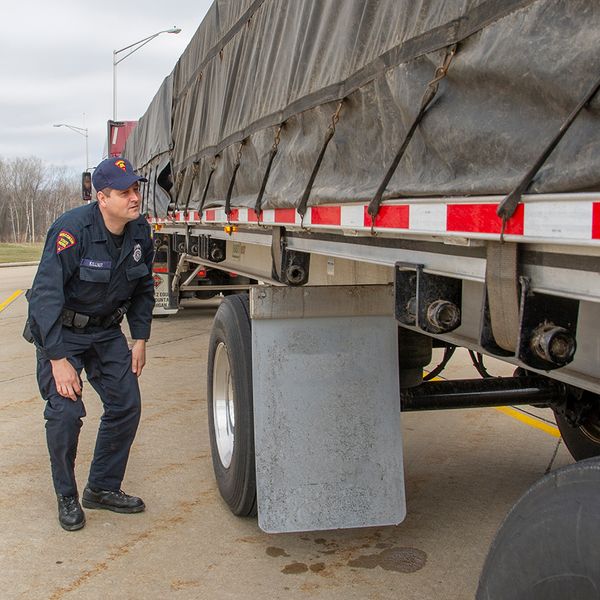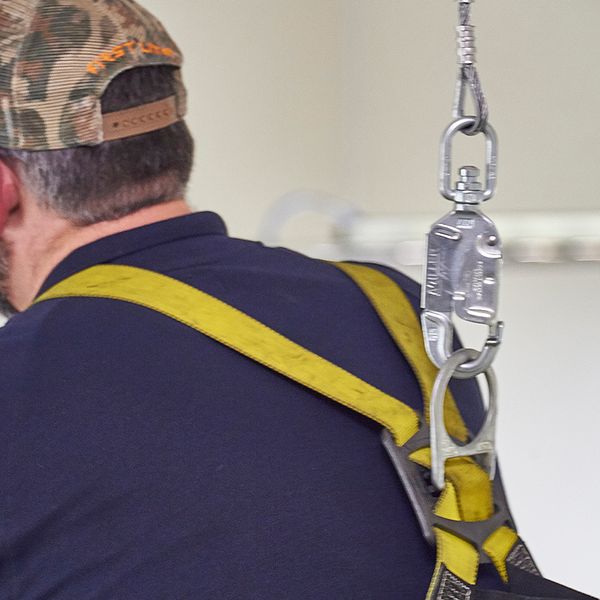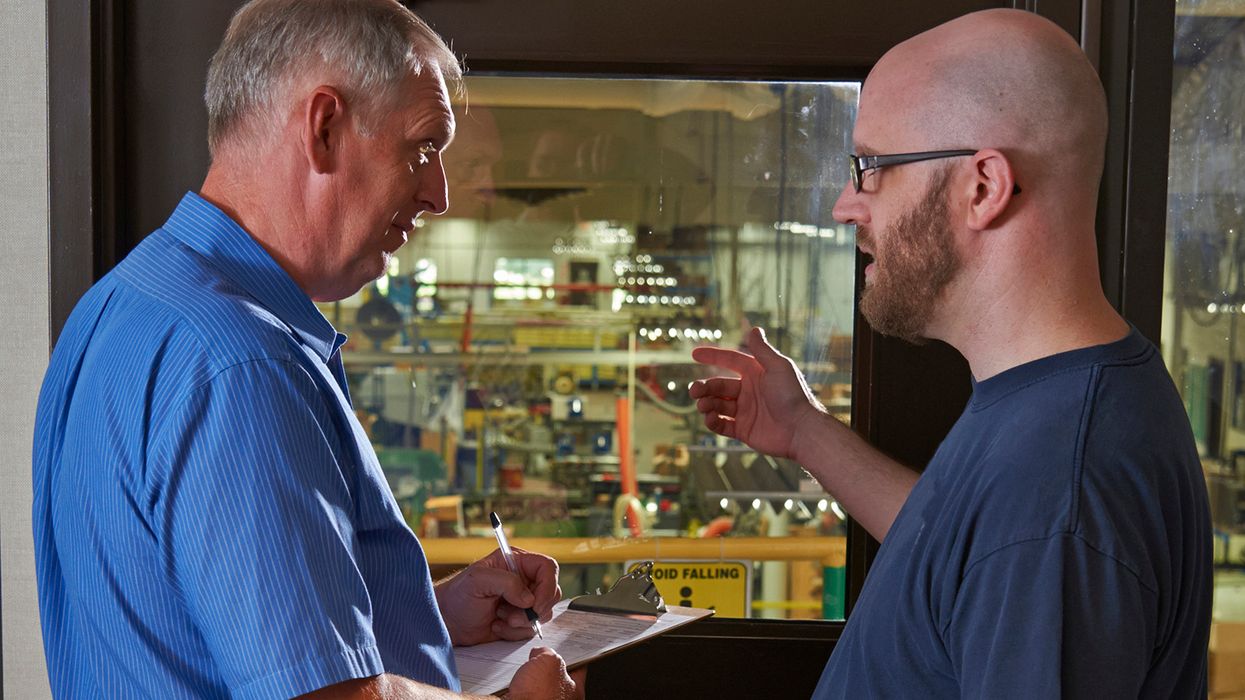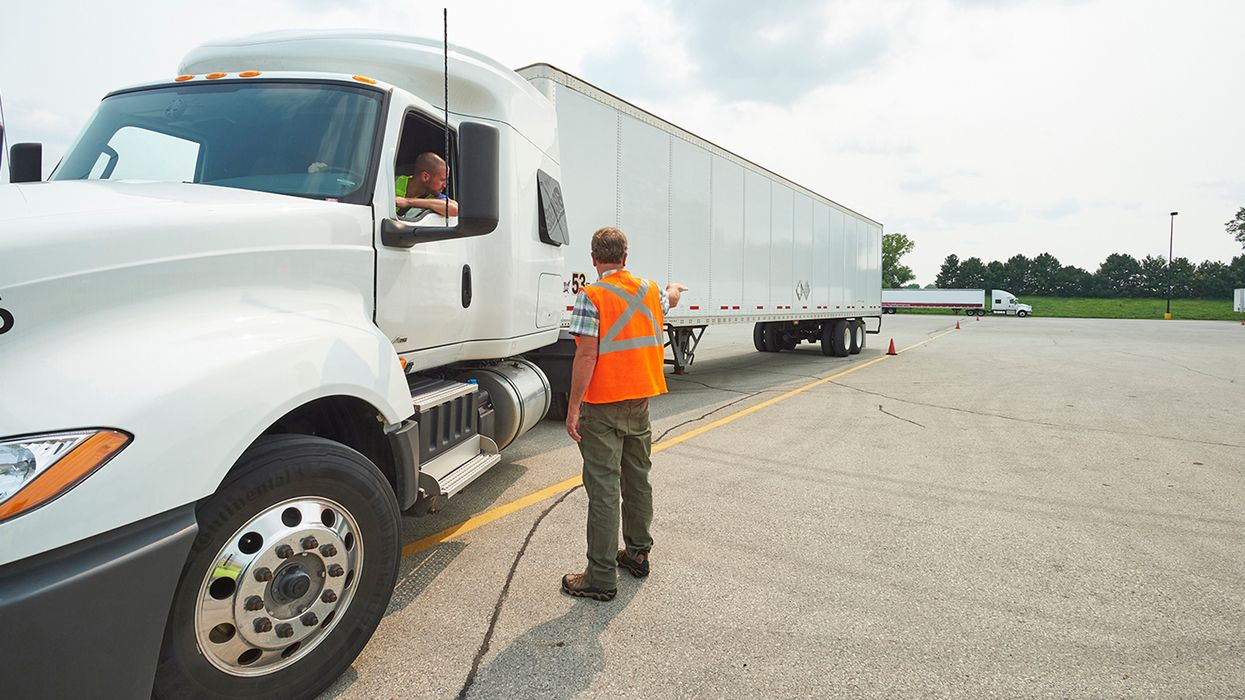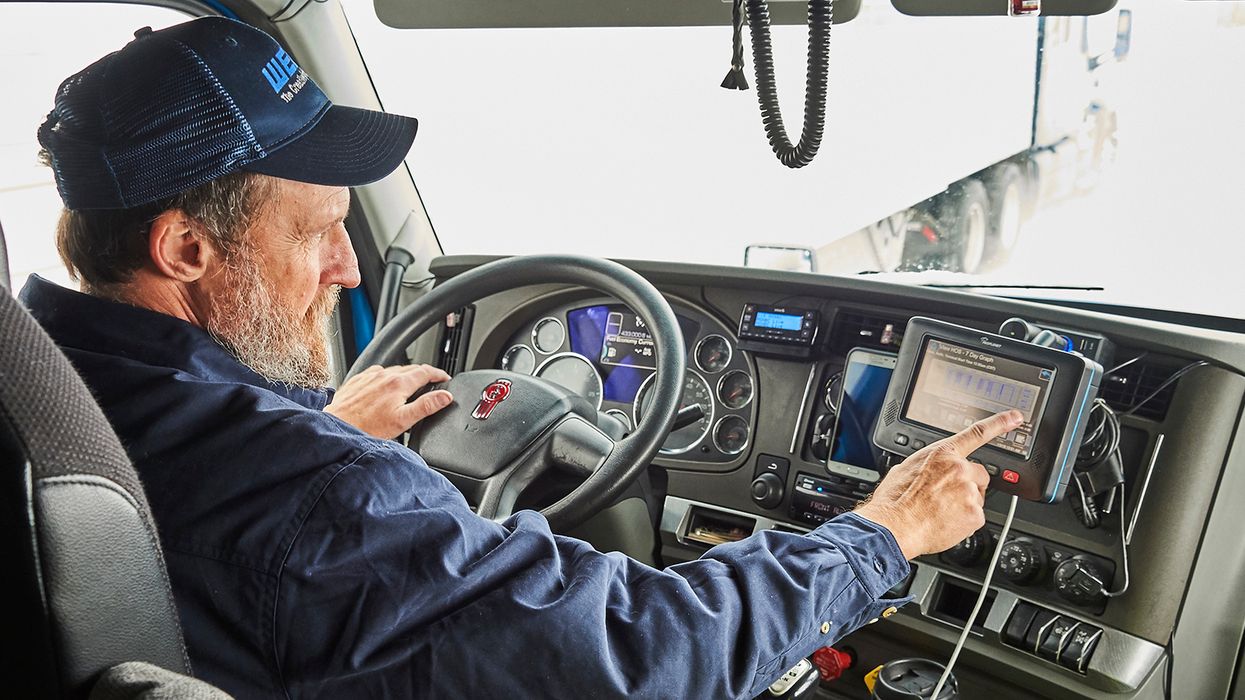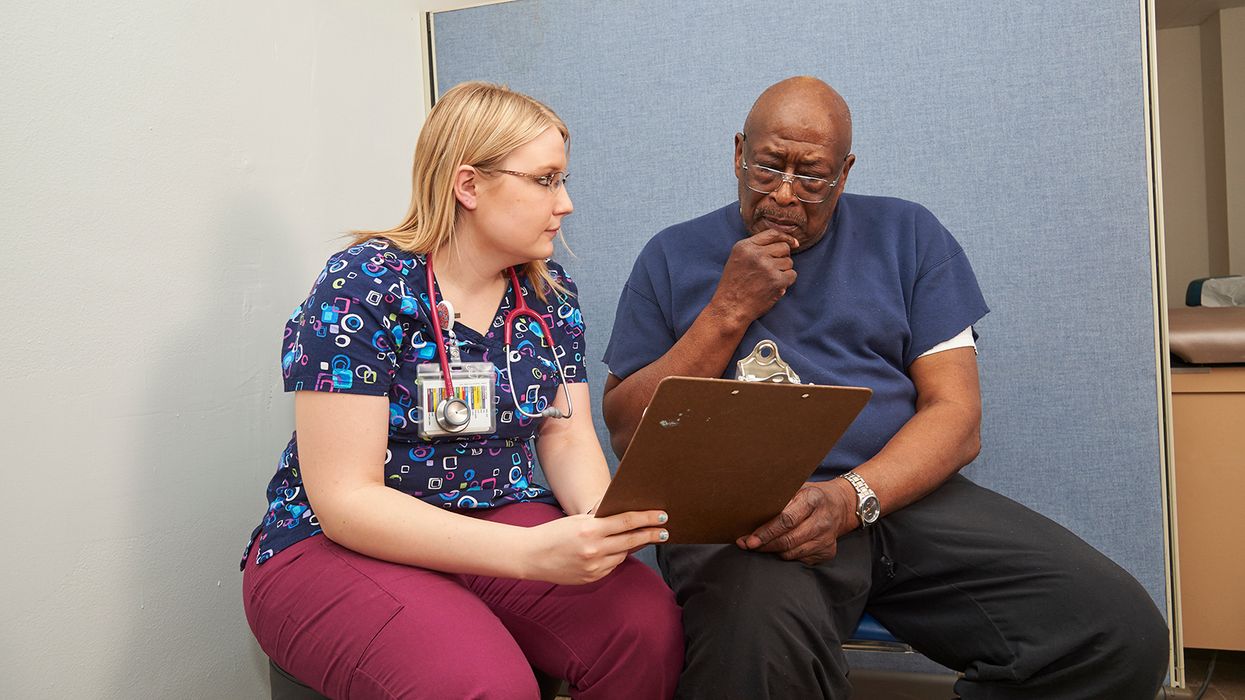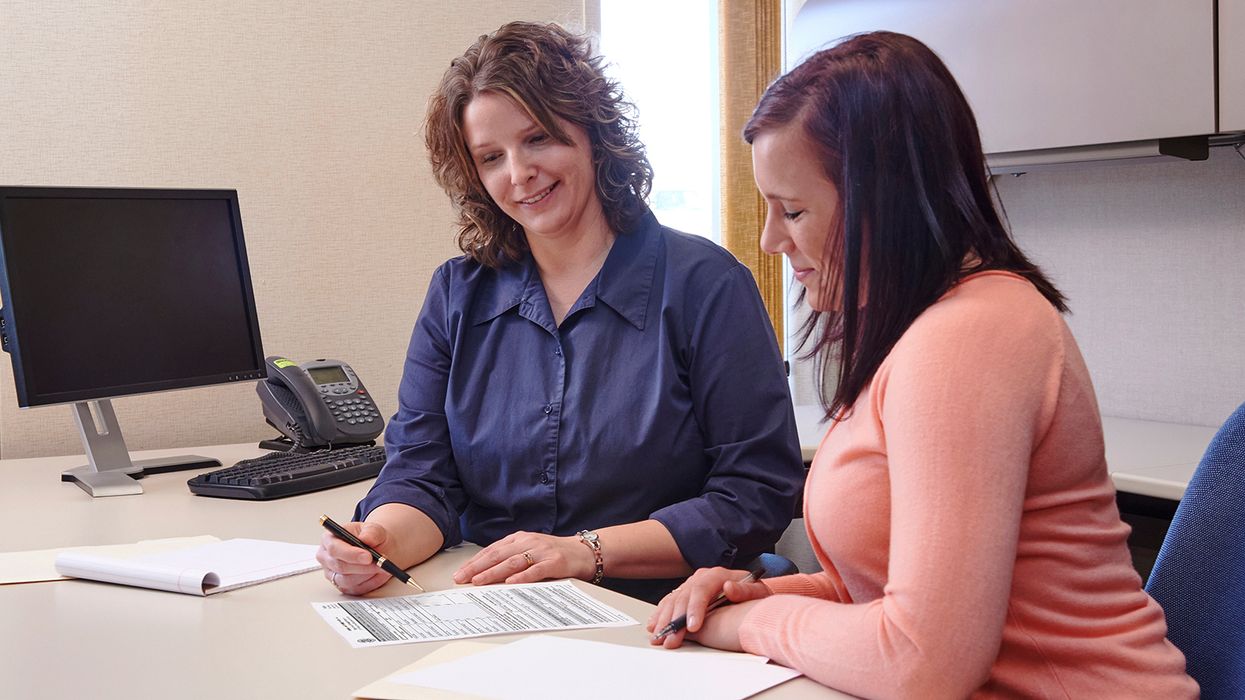Don’t fall for it, keep up on fall protection
While the Occupational Safety and Health Administration (OSHA) has traditionally taken a hands-off approach to fall protection on commercial vehicles, that does not mean we should. If your company does not address fall protection, you are likely to join the ranks of carriers that have fall injuries as the most common driver injures.
Training
Training is one of the best ways to address the risk for falls in a fleet. When developing the training, consider:
- Doing a theory training sessions explaining the hazards of falls, fall hazards around the vehicles, the potential outcomes of a fall (life-altering injuries), and using three-points of contact.
- Demonstrating correct mounting and dismounting on all the equipment drivers must climb at your company (tractors, trucks, trailers, etc.).
- Having the learners do the activities and practice until the correct method (three points of contact) becomes a habit.
If you have fall hazards, and therefore fall protection in your facilities, also train the driver on the fall protection measures in place within the facility.
Equipment
When preparing to do the training, evaluate your equipment.
- Are the existing handholds and footholds well located and large enough?
- Are there other vehicle parts the drivers could, should (or shouldn’t) be using as handholds or footholds?
- Are the handholds such that water, snow, or ice will make them unusable (if the answer is yes, modifications or driver training on this hazard will need to be done.
Based on the answers to the above, you then need to answer the question, “Is there a location where an additional handhold or foothold would be useful?”
Watching performance
When observing your drivers in their natural environment, watch how they are mounting and dismounting the equipment. If you see a driver who is not using three points of contact, is jumping off a piece of equipment, or is climbing down facing away from the equipment, immediately correct the driver and repeat the hands-on training to ingrain the correct habit.
Key to remember: While OSHA may take a hands-off approach to fall protection when it comes to commercial vehicles, we, the managers, supervisors, and safety pros in the industry, should not.

